
The McLaren MCL35M Goes Retro For Monaco With Sexy Gulf Livery
- May 17, 2021
- Views : 3750

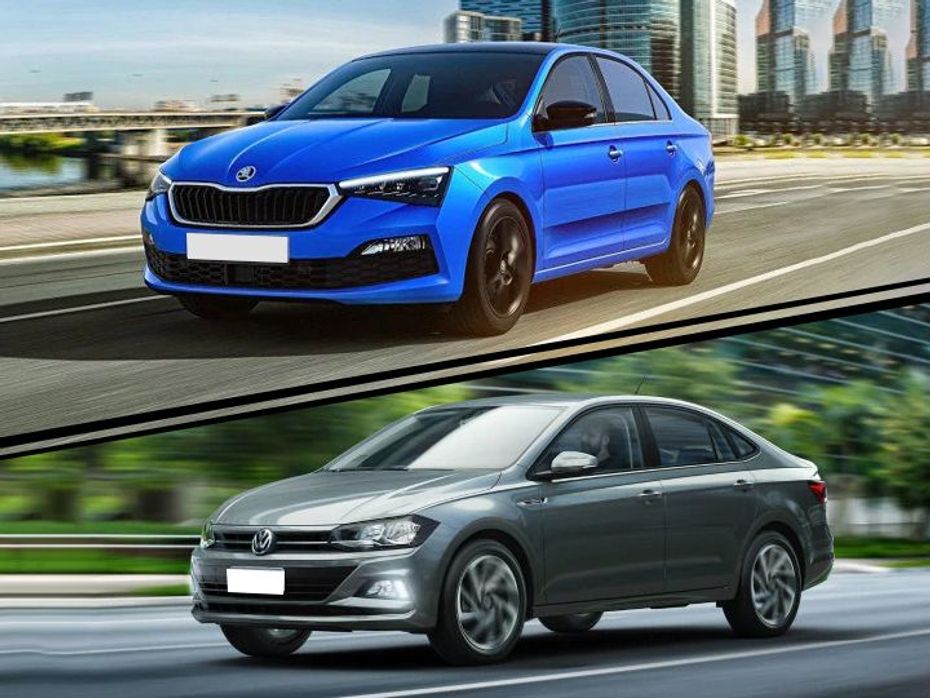
Skoda Auto Volkswagen India’s 2.0 strategy will see the launch of two sedans and two SUVs each from the Skoda and Volkswagen brand. Now that both the brands have showcased their SUVs -- the Skoda Kushaq and VW Taigun -- the European carmakers will be launching their sedans -- the Vento and Rapid successors -- by early 2022.
A sneaky feeling tells us these models could borrow most of its design elements from the recently unveiled facelifted sixth-gen Polo and the fourth-gen Fabia in Europe. Let me explain:
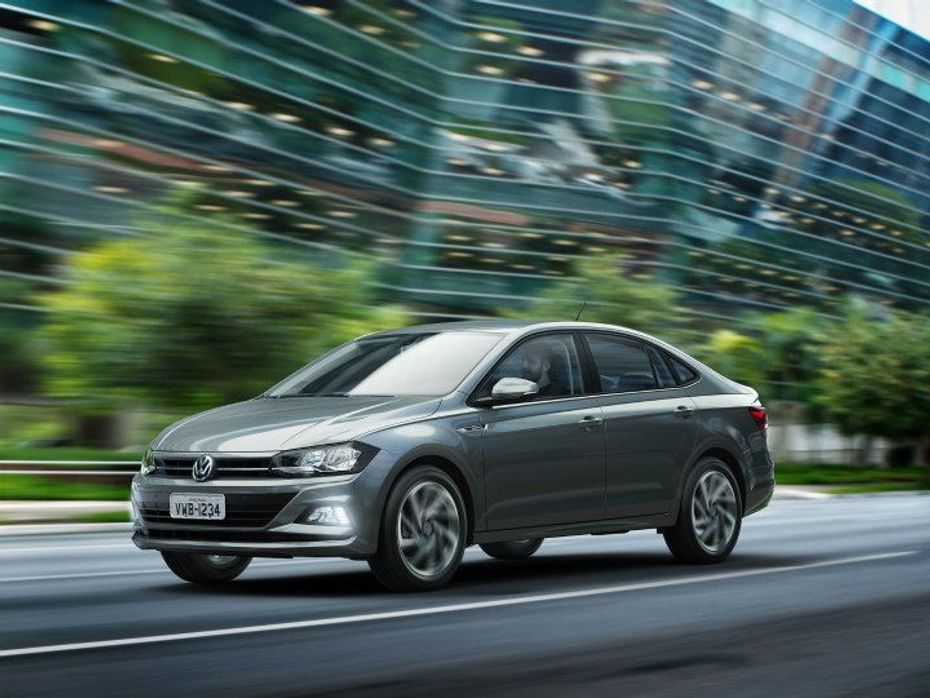
Volkswagen has been testing the Virtus (the probable Vento replacement) of late. It’s the sedan version of the sixth-gen Polo, which is yet to be launched in India. A look at the Virtus head-on might confuse you to the Polo due to its identical styling. Now that the sixth-gen Polo received its mid-life refresh, the Virtus could follow suit with similar styling changes considering it's yet to receive an update since it went on sale in Brazil in 2017. But the same can’t be said about Skoda’s version of the sedan.
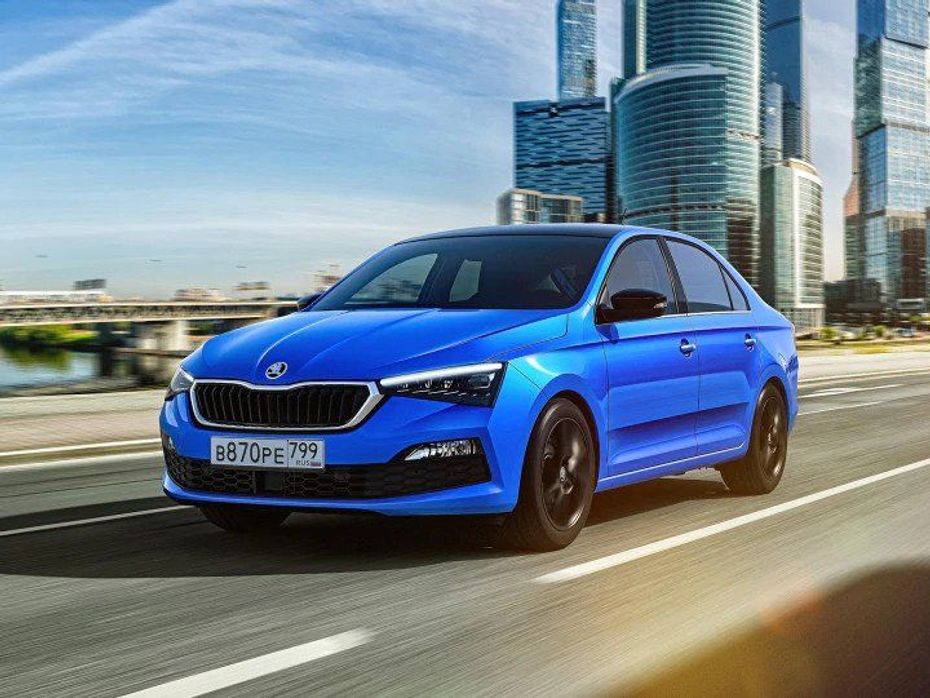
A newer version of the Rapid is on sale in Russia, but it’s based on the older PQ25 platform, which also underpins current Polo, Vento and Rapid in India. So in all probability, the upcoming model could be an extension of the just-revealed fourth-gen Skoda Fabia that’s based on the modular MQB-A0 platform. In fact, Skoda has recently begun testing its sedan and here’s what it looks like in spy shots:
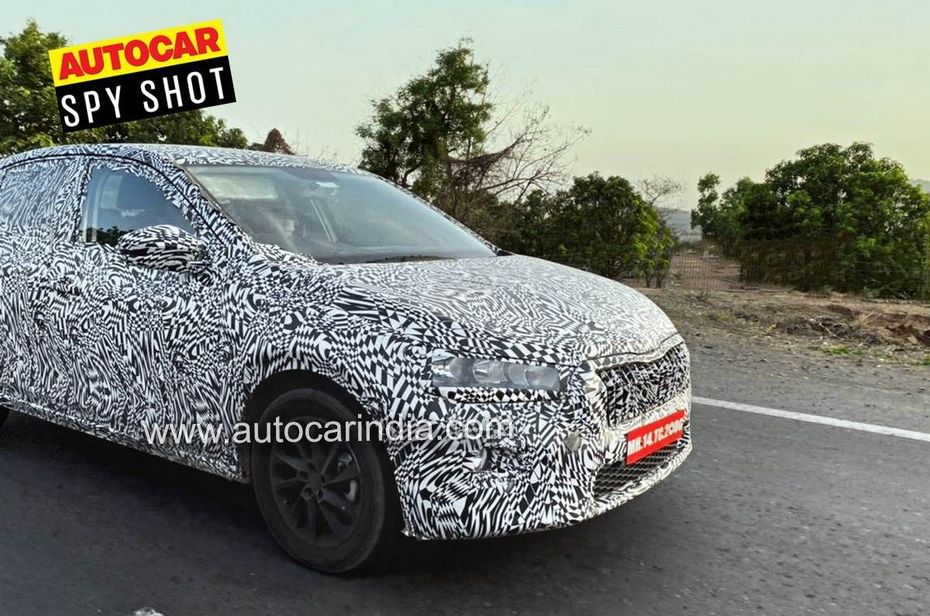
The sleek swept back headlamps, large butterfly grille and the bumper takes influence from the new Fabia. In fact, here’s our own take on what the Rapid’s successor could look like:
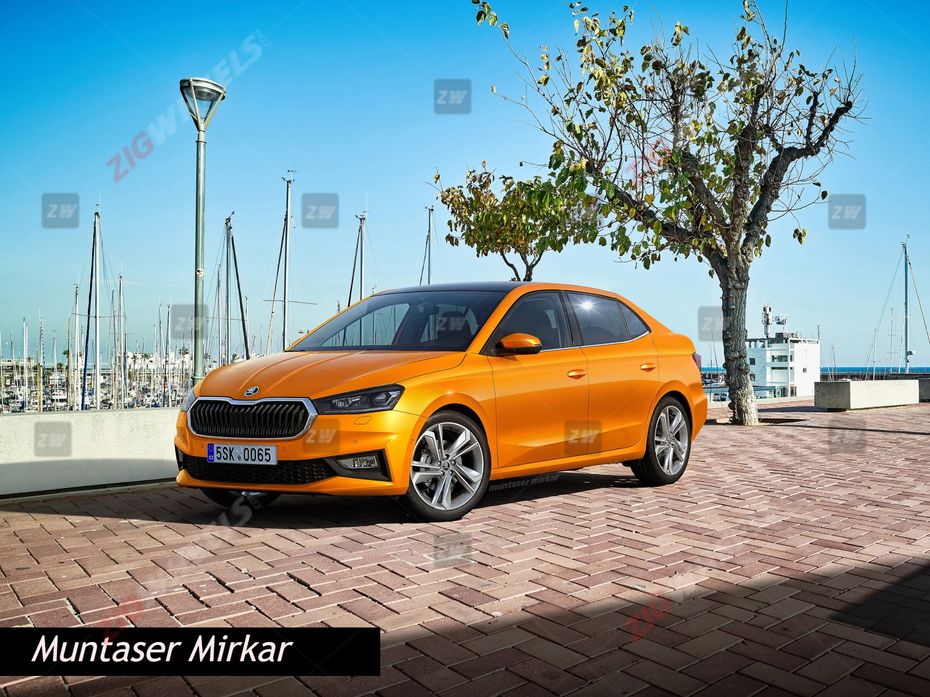
Even on the insides, these models should borrow elements from the Fabia and Polo. Let’s start with the Skoda’s version of the sedan. The Skoda Fabia’s dashboard’s basic design language is similar to the Kushaq compact SUV which will go on sale shortly. It makes sense for Skoda to inherit the design as it will save costs for the carmaker.
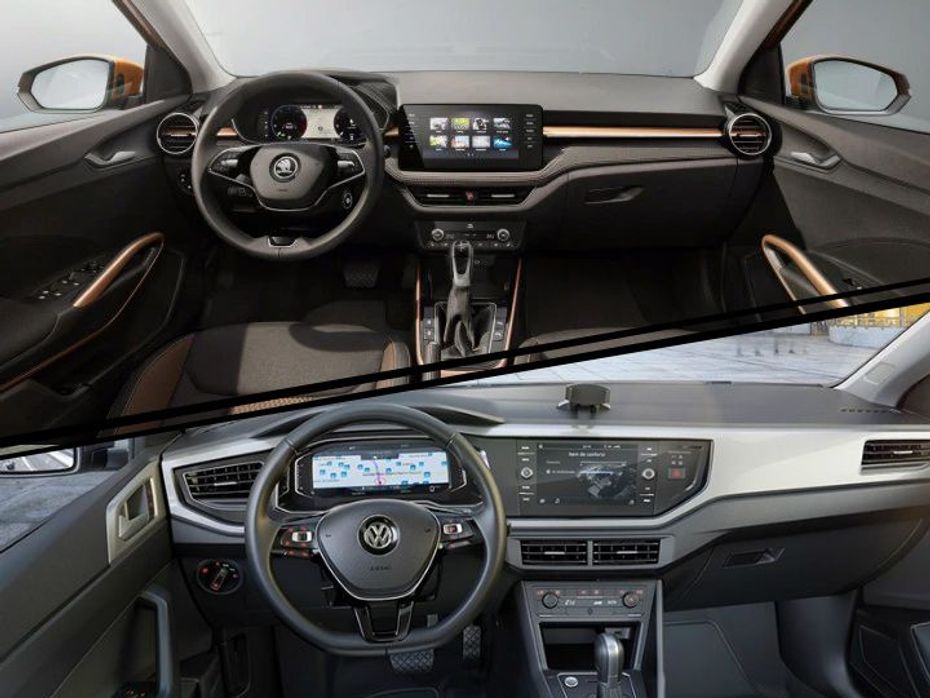
On the other hand, the Virtus’ dashboard is a copy paste from the Polo and it could very well utilise it to give the cabin a distinctive look over the Skoda. Moreover, the updated design elements from the new Polo (the steering wheel, touch climate control panel) have been localized in India for the Taigun. So it’s a matter of parts sharing between the sedan and Taigun.
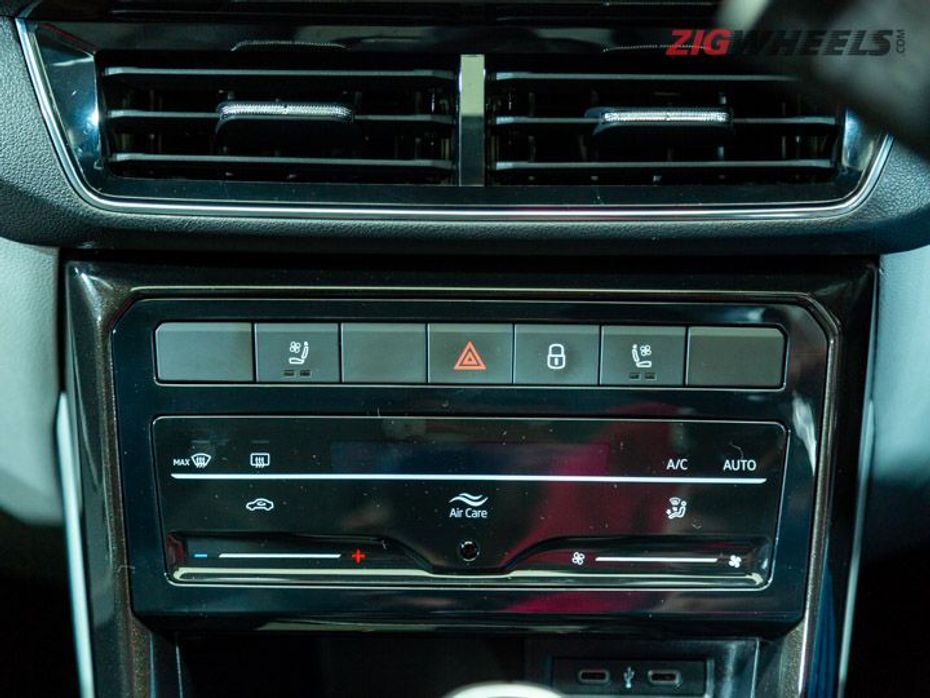
There’s one catch though, and it’s about paisa. Different designs require its own parts and that will, of course, result in extra money. But to keep that in check, parts like the infotainment system, gear lever, the touch-panel climate control and some small switches and knobs will be shared between both models.
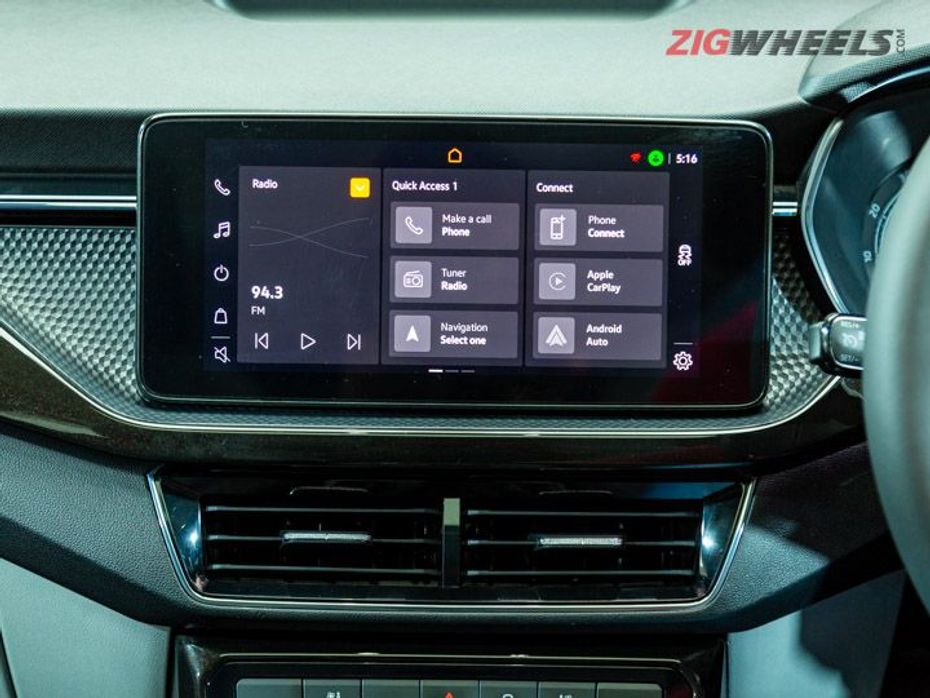
In fact, the Kushaq and Taigun compact SUVs preview the upcoming sedan's feature list. Expect them to come with the 10.1-inch infotainment system, wireless Apple CarPlay and Android Auto, connected car tech, a wireless phone charger, a single-pane sunroof, ventilated front seats, and digital dials. Safety should be covered by up to six airbags, ABS with EBD, parking sensors, and electronic stability control.
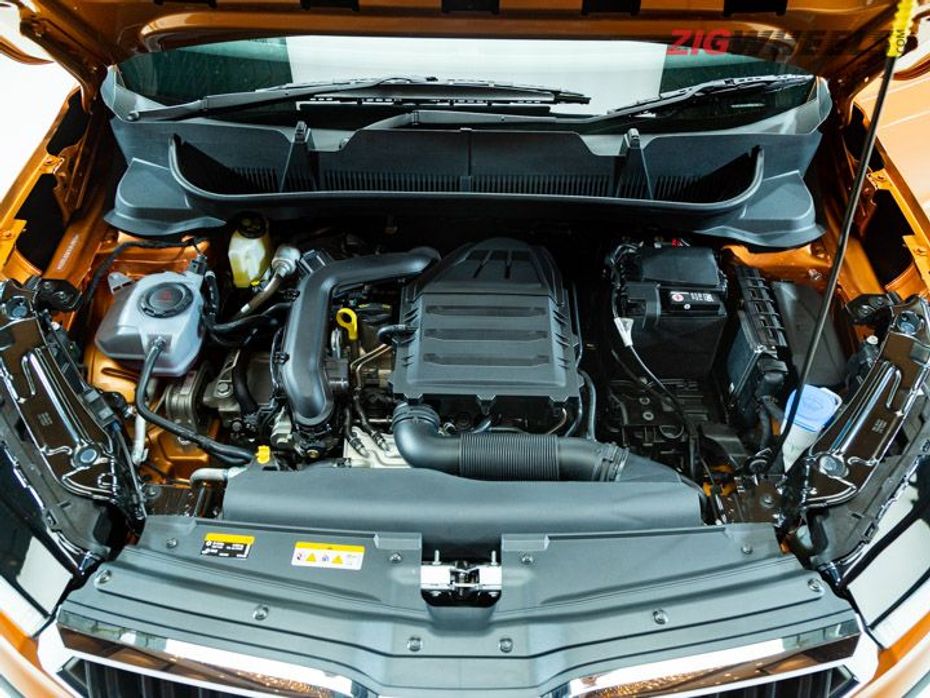
Where both the companies will save a huge chunk of money is underneath the skin. The MQB-A0 platform, 115PS 1.0-litre turbo-petrol engines have been localised while the 150PS 1.5-litre turbo-petrol engine is locally assembled to keep costs in check for the Kushaq and Taigun. Both sedans will utilise the same formula, benefiting from economies of scales.

That said, don’t expect them to come cheap as both models are expected to be positioned at the premium end of the segment like the new Honda City. While it might be a bummer, customers looking out for an European compact sedan will finally have freshly baked options instead of the (let’s be frank) aged Vento and Rapid.
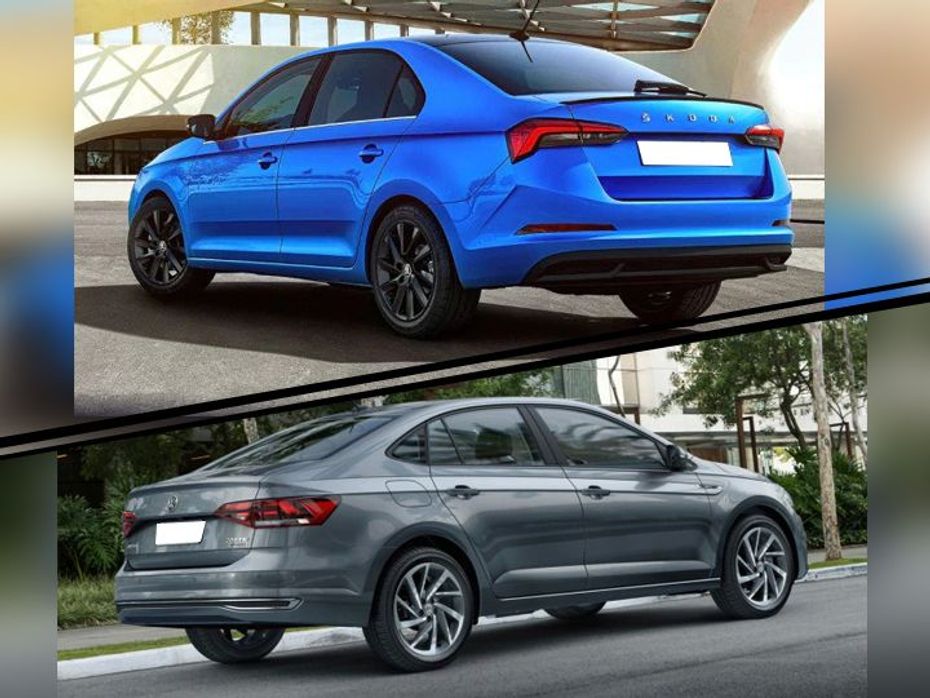
So while Skoda and Volkswagen might be late to the party, the Maruti Suzuki Ciaz, Hyundai Verna, and the Honda City definitely need to watch out when both the models go on sale in early 2022. Skoda’s sedan is expected to be launched by the end of this year while the VW equivalent should be out by early 2022. Both models are likely to be priced between Rs 10 lakh to Rs 15 lakh (ex-showroom).
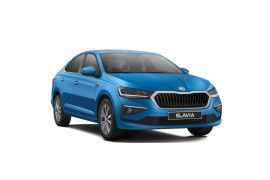

The McLaren MCL35M Goes Retro For Monaco With Sexy Gulf Livery

Verna vs City vs Slavia vs Virtus GT | Handling, Performance & Ride...

Here’s When The Skoda Slavia And Kushaq Facelift Will Be...

Skoda Slavia And Kushaq Now Safer, Get 6 Airbags As Standard

Skoda India Launches Slavia Style Edition At Rs 19.13 Lakh, Gets...

You Can Buy The Skoda Slavia And Kushaq In This Stylish All-black...

Skoda Slavia Gets A Dose Of Sportiness With New Matte Edition

Watch: Skoda Slavia And Kushaq Take On The Handling Course At The...

Watch: We Max Out The Skoda Slavia And Kodiaq At NATRAX High Speed...
 Maruti Ciaz
Maruti Ciaz
 Volkswagen Virtus
Volkswagen Virtus
 Honda City
Honda City
 Skoda Kushaq
Skoda Kushaq
 Tata Nexon
Tata Nexon
India's largest automotive community